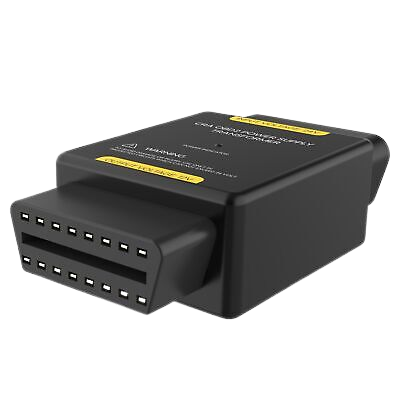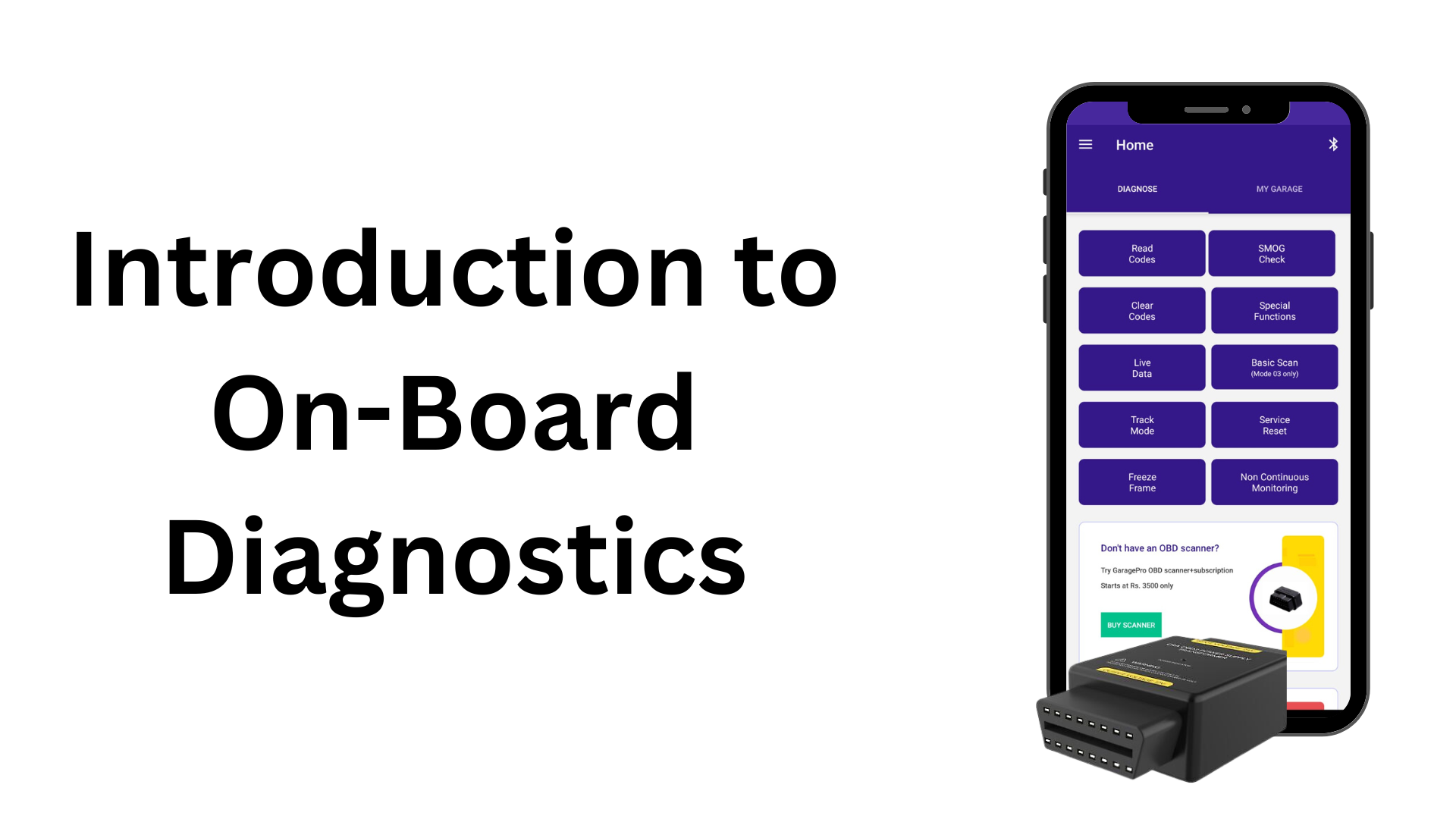On-Board Diagnostics (OBD) is a complex system that has become increasingly important in modern vehicles. It provides drivers and mechanics with valuable diagnostic information, making it easier to identify and troubleshoot issues with the vehicle. In this article, we’ll take a closer look at OBD, its importance, and its history.
Table of Contents
What is OBD?

OBD, or On-Board Diagnostics, is a system that is integrated into modern vehicles to monitor their performance and detect any issues that may arise. The system works by constantly collecting data from various sensors throughout the vehicle and transmitting this information to a central computer known as the Engine Control Module (ECM).
The OBD system is responsible for monitoring a wide range of vehicle components, including the engine, transmission, exhaust system, and emissions. By continuously monitoring these components, the system can detect issues such as engine misfires, oxygen sensor malfunctions, and problems with the catalytic converter.
OBD was first introduced in the 1980s as a way to help mechanics diagnose issues with vehicles more quickly and accurately. The original OBD system, known as OBD-I, used a series of diagnostic codes that would appear on a dashboard light to indicate the specific problem that had been detected.
However, OBD-I was not standardized across different vehicle manufacturers, which made it difficult for mechanics to use the system on multiple types of vehicles. This led to the development of OBD-II, which is a standardized system that is used across all modern vehicles.
One of the key features of OBD-II is its ability to provide real-time diagnostic information through a diagnostic port located inside the vehicle. This port can be accessed using an OBD-II scanner, which can read the diagnostic codes generated by the system and provide detailed information about the issue at hand.
In addition to helping mechanics diagnose problems more quickly, On-Board Diagnostics also plays an important role in reducing emissions and improving fuel efficiency. By detecting issues with the emissions system, On-Board Diagnostics can help ensure that vehicles are running as cleanly as possible and that they are not contributing to air pollution.
Overall, OBD is an essential component of modern vehicles that helps ensure they are running smoothly and efficiently. Whether you are a mechanic or simply a vehicle owner, understanding how On-Board Diagnostics works is an important part of maintaining your vehicle and keeping it in top condition.
Why is OBD Important?
On-Board Diagnostics (OBD) is an essential technology in modern vehicles that allows mechanics to identify and fix issues quickly. OBD systems have evolved over time, with the latest generation, OBD-II, providing more information than ever before. Here are some reasons why OBD is so important:
Early Detection of Problems
On-Board Diagnostics systems monitor a wide range of vehicle functions, from engine performance to exhaust emissions. By detecting problems early, On-Board Diagnostics can prevent more significant and costly damage from occurring.
Cost Savings
With OBD, mechanics can quickly identify problems and reduce the amount of time spent diagnosing issues. This saves vehicle owners money by reducing labor costs.
Better Fuel Efficiency
OBD systems can detect issues that lead to reduced fuel efficiency, such as faulty oxygen sensors or clogged air filters. Fixing these issues can improve gas mileage and save vehicle owners money on fuel costs.
Environmentally Friendly
By monitoring exhaust emissions, OBD systems can ensure that vehicles meet emissions standards. This helps reduce harmful pollutants and improve air quality.
Safety
Some On-Board Diagnostics systems can detect issues with safety systems, such as airbags, ABS, and seat belts. This helps ensure that vehicles are operating safely and reduces the risk of accidents.
Universal Standard
OBD-II is a universal standard used by all vehicles sold in the United States after 1996. This makes it easier for mechanics to diagnose problems and ensures that vehicle owners have access to the same diagnostic information, regardless of the make or model of their vehicle.
Compliance
Some states require emissions testing as part of vehicle registration. On-Board Diagnostics systems can help ensure that vehicles meet emissions standards and pass these tests.
In conclusion, OBD is an important technology in modern vehicles that provides a wide range of benefits, including early detection of problems, cost savings, better fuel efficiency, environmental friendliness, improved safety, a universal standard, and compliance with emissions standards. OBD systems have become increasingly sophisticated over time, and the latest generation, OBD-II, is the most advanced yet. With OBD, vehicle owners can enjoy better performance, lower costs, and a cleaner environment.
History of OBD
On-Board Diagnostics (OBD) is a crucial technology that helps ensure vehicle safety and emissions compliance. It has come a long way since its inception in the 1960s. In this article, we will delve into the history of OBD, highlighting the significant milestones and developments that have made it the technology it is today.
Early History
- The first On-Board Diagnostics system was introduced in California in 1988, and it was only for testing emissions.
- In 1980, the US government passed the Clean Air Act, which mandated strict emissions standards for cars.
- In the early 1980s, car manufacturers began to experiment with On-Board Diagnostics systems, but these were mostly proprietary and only for internal use.
OBD-I
- OBD-I was introduced in the early 1980s, and it marked a significant step forward in On-Board Diagnostics technology.
- It was designed to monitor and diagnose emissions-related problems in the vehicle.
- OBD-I used a variety of proprietary communication protocols, and each manufacturer had its own unique way of communicating with the vehicle’s computer.
- The first generation of OBD-I was limited in its capabilities, and it could only detect basic problems like a malfunctioning oxygen sensor or a misfire.
OBD-II
- OBD-II was introduced in the mid-1990s, and it was a significant improvement over OBD-I.
- OBD-II uses a standardized protocol called Controller Area Network (CAN), which allows devices to communicate with each other over a single wire.
- It can monitor a wider range of emissions-related systems and components, as well as non-emissions-related systems like the airbag system, ABS, and transmission.
- OBD-II is capable of detecting more complex problems, and it can provide more detailed information about the problem through Diagnostic Trouble Codes (DTCs)
OBD-III and Beyond
- There has been talk of an OBD-III system, but it has not been officially announced or implemented.
- However, many car manufacturers have developed their own proprietary systems that go beyond OBD-II, such as Ford’s Enhanced OBD-II and GM’s OnStar system.
- These systems can provide real-time diagnostics, remote diagnostics, and even predictive maintenance.
OBD has come a long way since its early days as a simple emissions testing system. Today, it is a sophisticated technology that can diagnose a wide range of problems and help keep our cars running safely and efficiently. As car technology continues to evolve, we can expect OBD to keep pace and provide even more advanced diagnostic capabilities in the future.
Conclusion
OBD is a critical component of modern vehicles, providing drivers and mechanics with a wealth of diagnostic information. It has come a long way since its inception in the 1980s, with the development of OBD-II and other versions of the system. OBD plays an important role in emissions regulations, ensuring that vehicles are operating within regulations and helping to reduce pollution and protect the environment.
Additionally, On-Board Diagnostics provides real-time data on the vehicle’s performance, potentially improving performance and fuel efficiency. Overall, On-Board Diagnostics is an essential tool for drivers and mechanics, helping to keep vehicles running smoothly and safely.

